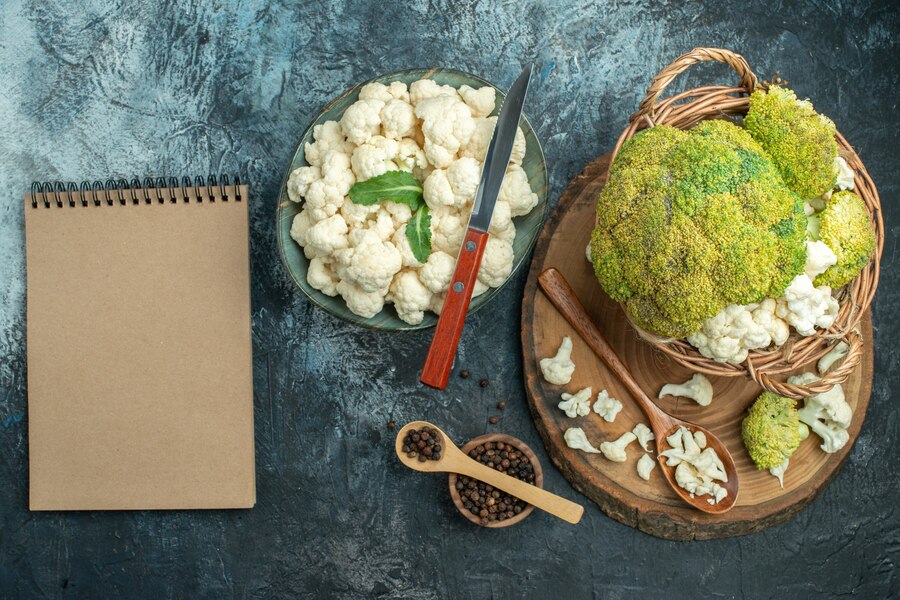The dietary practices of Prehistoric Iran Plant-Based Diet offer a fascinating glimpse into the evolution of human nutrition and the transition from foraging to farming. This article delves into the plant-based components of ancient Iranian diets, exploring archaeological findings, cultural influences, and the broader implications for understanding early human societies.
Early Foraging and Plant Consumption
Before the advent of agriculture, prehistoric communities in Iran relied heavily on foraging. Evidence suggests that their diet included a diverse array of plant-based foods:
- Wild Cereals and Grains: Findings at sites indicate the gathering of wild barley and wheat varieties. These early foragers collected and consumed these grains, laying the groundwork for future domestication efforts.
- Legumes: Leguminous plants such as lentils and peas were integral to the diet, providing essential proteins and nutrients. The presence of these legumes at archaeological sites underscores their importance in prehistoric nutrition.
- Fruits and Nuts: Wild fruits and nuts, including pistachios and almonds, were gathered seasonally, offering vital vitamins and fats. These foraged items contributed to a balanced and varied diet.
Transition to Agriculture
Around 12,000 years ago, significant shifts occurred as communities began cultivating plants:
- Domestication of Cereals: Sites provide evidence of early cultivation of barley and wheat, marking a pivotal move from wild harvesting to deliberate farming practices.
- Development of Farming Settlements: The establishment of agricultural communities facilitated a more stable food supply, reducing reliance on unpredictable foraging and enabling population growth. This transition also led to the development of more complex societal structures.
Cultural and Religious Influences
Cultural beliefs significantly influenced dietary choices:
- Zoroastrianism: Ancient Persian prophets like Zoroaster emphasized harmony with nature, which some interpret as an endorsement of plant-based diets. While not strictly vegetarian, Zoroastrian teachings encouraged ethical considerations regarding food consumption.
- Vegetarian Movements: Historical figures such as Mazdak and Mani advocated for vegetarianism, promoting diets that minimized harm to living beings. These movements, though not universally adopted, highlight the presence of plant-based dietary philosophies in ancient Iran.
Archaeological Evidence
Excavations have unearthed artifacts illuminating prehistoric diets:
- Grinding Tools: The discovery of grinding stones at sites indicates the processing of grains and legumes, essential for preparing plant-based meals. These tools reflect the technological advancements that supported agricultural practices.
- Carbonized Seeds: Preserved seeds found in archaeological layers provide direct evidence of the types of plants consumed and cultivated by ancient populations. These findings help reconstruct the agricultural history of the region.
Comparison with Other Prehistoric Diets
Understanding the plant-based diet of prehistoric Iran requires a comparative perspective:
- Levantine Region: In regions like the Levant, similar transitions from foraging to farming occurred, with an increased emphasis on plant products long before the development of agriculture. This parallel evolution underscores the broader patterns of human adaptation in the Near East.
- Mesopotamia: Neighboring Mesopotamian societies also transitioned to agriculture, focusing on cereal cultivation. The exchange of agricultural practices between these regions highlights the interconnectedness of early human civilizations.
Insights from Stable Isotope Analysis
Modern scientific techniques have provided deeper insights into Prehistoric Iran Plant-Based Diet:
- Tepe Hissar Findings: Studies analyzing carbon and nitrogen isotopes in human bones from Tepe Hissar suggest a mixed diet based on C3 terrestrial plants, animal protein, and limited freshwater resources. This analysis indicates dietary consistency over millennia, despite cultural changes.










